Unlocking the Advantages of Pbo Short Fiber in Modern Manufacturing Processes
Table of Contents
- Benefits of PBO Short Fiber in Advanced Manufacturing Techniques
- Comparing PBO Short Fiber with Traditional Fiber Options
- Environmental Impact of Using PBO Short Fiber in Manufacturing
- Cost-Effectiveness of PBO Short Fiber in Production Processes
- Innovative Applications of PBO Short Fiber Across Industries
- Future Trends in Manufacturing: The Role of PBO Short Fiber
- FAQS
- Conclusion
- Related Posts
In recent years, the manufacturing landscape has witnessed transformative advancements with the integration of innovative materials such as Pbo Short Fiber. Recognized for its superior properties, this material enhances the mechanical strength and thermal resistance of textiles, making it a preferred choice in various high-performance applications. According to a recent market analysis by Research and Markets, the industrial textiles market is projected to grow at a CAGR of 5.3%, reaching approximately $216 billion by 2026, underscoring the increasing demand for specialized materials like Pbo Short Fiber. Shijiazhuang Shielday Technology Co., Ltd. stands at the forefront of this evolution, offering cutting-edge EMI shielding textiles and conductive wires that leverage the unique advantages of short fiber technology. By utilizing Pbo Short Fiber, our custom product development services not only meet but exceed the evolving requirements of modern manufacturing processes, ensuring optimal performance and reliability across various sectors.
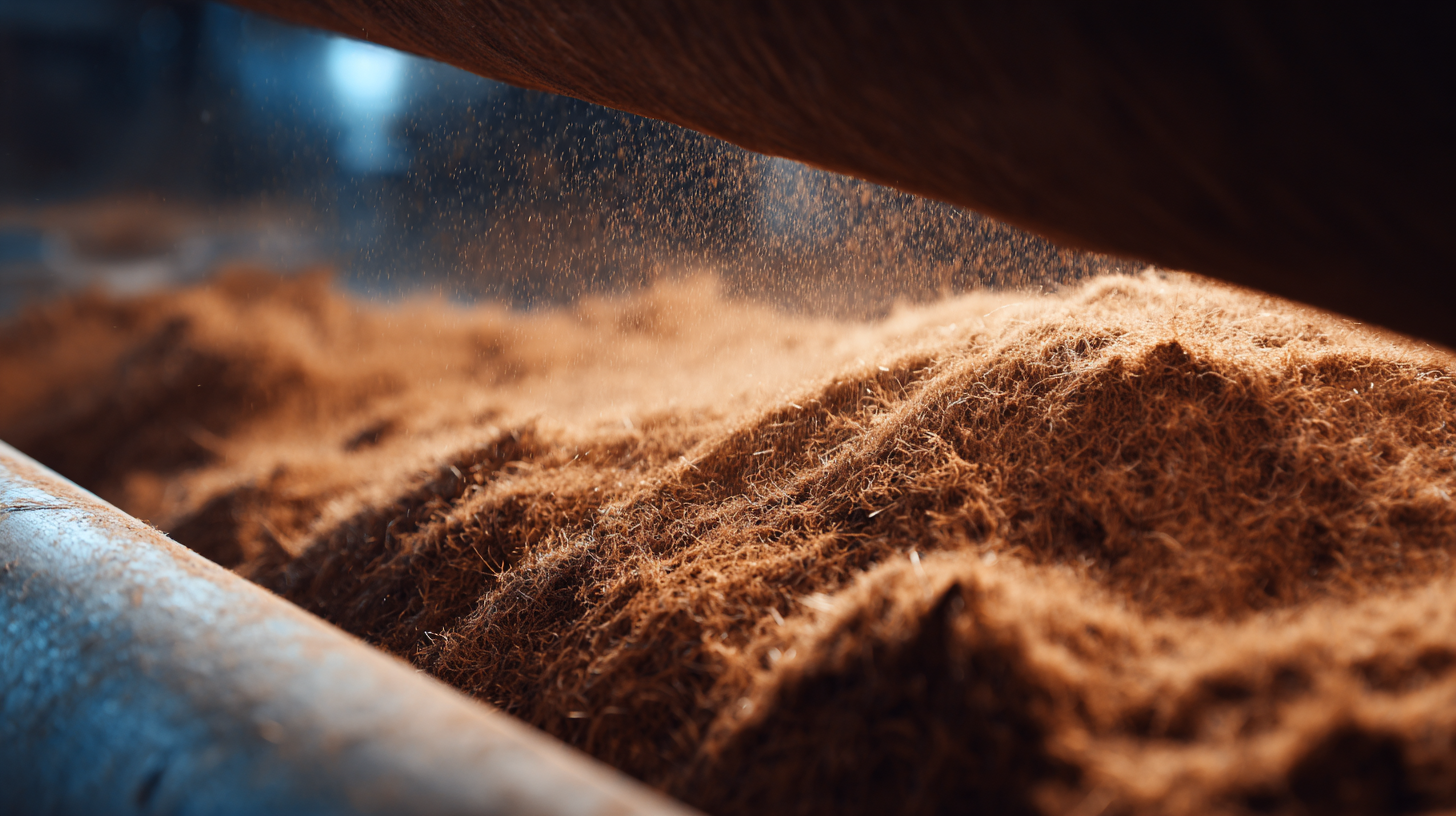
Benefits of PBO Short Fiber in Advanced Manufacturing Techniques
In the rapidly evolving landscape of modern manufacturing, PBO (polybenzoxazole) short fiber has emerged as a game-changer, enhancing various advanced manufacturing techniques. Reports indicate that the incorporation of PBO fibers into composite materials can improve thermal stability by up to 90%, making them ideal for high-temperature applications in aerospace and automotive industries. This remarkable property allows for better performance in environments that would typically degrade traditional materials, thus extending the lifespan and efficiency of manufactured components.
Moreover, the lightweight nature of PBO short fibers contributes significantly to overall product quality and performance. According to the Tech Science report, using PBO fibers can reduce the weight of components by 30% without sacrificing strength. This reduction not only leads to cost savings in transportation and fuel efficiency but also aligns with the industry's shift towards sustainable manufacturing practices. The versatility of PBO fibers enables their application across various sectors, from constructing robust automotive parts to creating durable protective gear, illustrating their essential role in modern advanced manufacturing techniques.
Unlocking the Advantages of PBO Short Fiber in Modern Manufacturing Processes
Comparing PBO Short Fiber with Traditional Fiber Options
In the realm of modern manufacturing, the advantages of PBO (Polybenzoxazole) short fiber are increasingly becoming apparent, especially when compared to traditional fiber options like polyester and nylon. PBO fibers exhibit exceptional strength-to-weight ratios, with tensile strengths approximately 8-10 times greater than that of nylon and 3-4 times that of polyester. A recent report by the International Fiber Association indicates that industries utilizing PBO short fiber can reduce weight in applications such as automotive and aerospace by up to 30%, leading to enhanced fuel efficiency and overall performance.
Moreover, PBO fibers demonstrate remarkable thermal stability and chemical resistance. They maintain their integrity under extreme temperatures exceeding 400°C, making them ideal for applications in sectors such as military, aerospace, and high-performance textiles. In contrast, traditional fibers like nylon and polyester tend to degrade at much lower temperatures. This durability translates into longer-lasting products, which reduces waste and operational costs over time.
Tips: When considering fiber options for manufacturing, evaluate the specific thermal and mechanical requirements of your product to maximize performance. Additionally, integrating PBO short fiber into your production can lead to significant cost savings in the long run, despite higher initial material costs. Lastly, ensure to assess the competitive edge that lighter, stronger materials can provide in today's fast-paced market.

Environmental Impact of Using PBO Short Fiber in Manufacturing
The environmental impact of using PBO short fiber in manufacturing is gaining attention as industries strive for sustainable practices. According to a 2021 report by the Global Sustainability Institute, the integration of PBO (Polybenzoxazole) short fibers can lead to significant reductions in waste production. Unlike traditional fibers, PBO offers a high strength-to-weight ratio, which enables manufacturers to use less material while maintaining product integrity. This results not only in reduced resource consumption but also in a lower carbon footprint throughout the manufacturing process.
Moreover, the lifecycle of PBO fibers demonstrates their sustainability. A recent study published in the Journal of Materials Science highlighted that PBO is recyclable and can be repurposed in various applications, thereby extending their usability and minimizing environmental impact. By choosing PBO short fibers, manufacturers may enhance their eco-friendly initiatives, as PBO requires less energy to produce and can lead to up to 30% lower emissions compared to conventional materials. As industries continue to embrace sustainable manufacturing solutions, the role of PBO short fibers is expected to expand, setting new standards in environmental responsibility.
Cost-Effectiveness of PBO Short Fiber in Production Processes
In today's fast-paced manufacturing environment, the demand for
cost-effective materials
that maintain high-performance standards is more pertinent than ever.
PBO (Polybenzoxazole) short fiber emerges as a compelling choice for modern production processes, offering an advantageous balance between cost and functionality. Its unique properties, such as exceptional thermal stability and strength, enhance product durability while reducing waste and downtime. This makes it an excellent option for manufacturers looking to optimize production without compromising on quality.
At Shijiazhuang Shielday Technology Co., Ltd., we understand the significance of integrating innovative materials such as PBO short fiber into our high-performance EMI shielding textiles and conductive wires. Our comprehensive development services allow us to tailor solutions that meet specific client needs while leveraging the cost-effectiveness of PBO. By incorporating these advanced materials, we not only enhance the performance of our products but also minimize production costs, ensuring our clients receive the best value in sophisticated textile solutions. This symbiosis of cost efficiency and high performance positions our clients to thrive in a competitive market.
Innovative Applications of PBO Short Fiber Across Industries
PBO short fiber is rapidly transforming various industries through its innovative applications. Renowned for its exceptional heat resistance and mechanical strength, PBO short fiber is being integrated into sectors like automotive, aerospace, and textiles. In the automotive industry, for instance, it enhances the performance of lightweight composites, leading to more efficient and safer vehicles. The aerospace sector is utilizing PBO fibers in protective gear and aircraft components, optimizing both durability and weight.
When considering the integration of PBO short fiber, it’s vital to assess the specific requirements of your application. **Tip 1:** Always conduct thorough material compatibility tests to ensure you achieve the desired performance and longevity. Additionally, understanding the thermal and mechanical properties of PBO will aid in making informed choices for your manufacturing processes.
In textiles, PBO short fiber is revolutionizing protective clothing, providing superior resistance to heat and flames. **Tip 2:** Collaborate with suppliers who can offer tailored solutions and advancements in PBO technology to maximize your product’s potential. Embracing these innovative materials not only enhances product functionality but also positions your business at the forefront of modern manufacturing trends.
Future Trends in Manufacturing: The Role of PBO Short Fiber
The integration of PBO short fiber in modern manufacturing processes is transforming the landscape of various industries. According to a recent report by Grand View Research, the global market for high-performance fibers, including PBO, is projected to reach $2.5 billion by 2026, growing at a CAGR of 7.5%. This growth is driven by the increasing demand for lightweight, heat-resistant materials capable of enhancing product performance. PBO short fiber, with its exceptional tensile strength and thermal stability, is poised to play a pivotal role in this evolution, particularly in sectors such as aerospace, automotive, and electronics.
Tip: When considering the adoption of PBO short fiber, manufacturers should invest in robust research and development to understand the specific applications that will yield the highest return on investment. As trends shift towards sustainability and efficiency, leveraging the unique properties of PBO fibers can lead to notable advancements in product design and functionality.
In addition to structural applications, PBO short fiber is being explored for its use in textiles, offering solutions in protective clothing and high-temperature insulations. A report from Technavio indicates a growing trend in the textile sector, where the demand for specialty fibers is expected to rise significantly by 2025. By anticipating these market trends, companies that incorporate PBO short fibers strategically into their product lines can stay ahead of competitors in an increasingly dynamic market.
Tip: Collaborating with suppliers who specialize in high-performance materials can provide manufacturers with the insights needed to innovate effectively. Engaging in partnerships can also help in optimizing production processes and reducing waste, aligning manufacturing practices with sustainability goals.
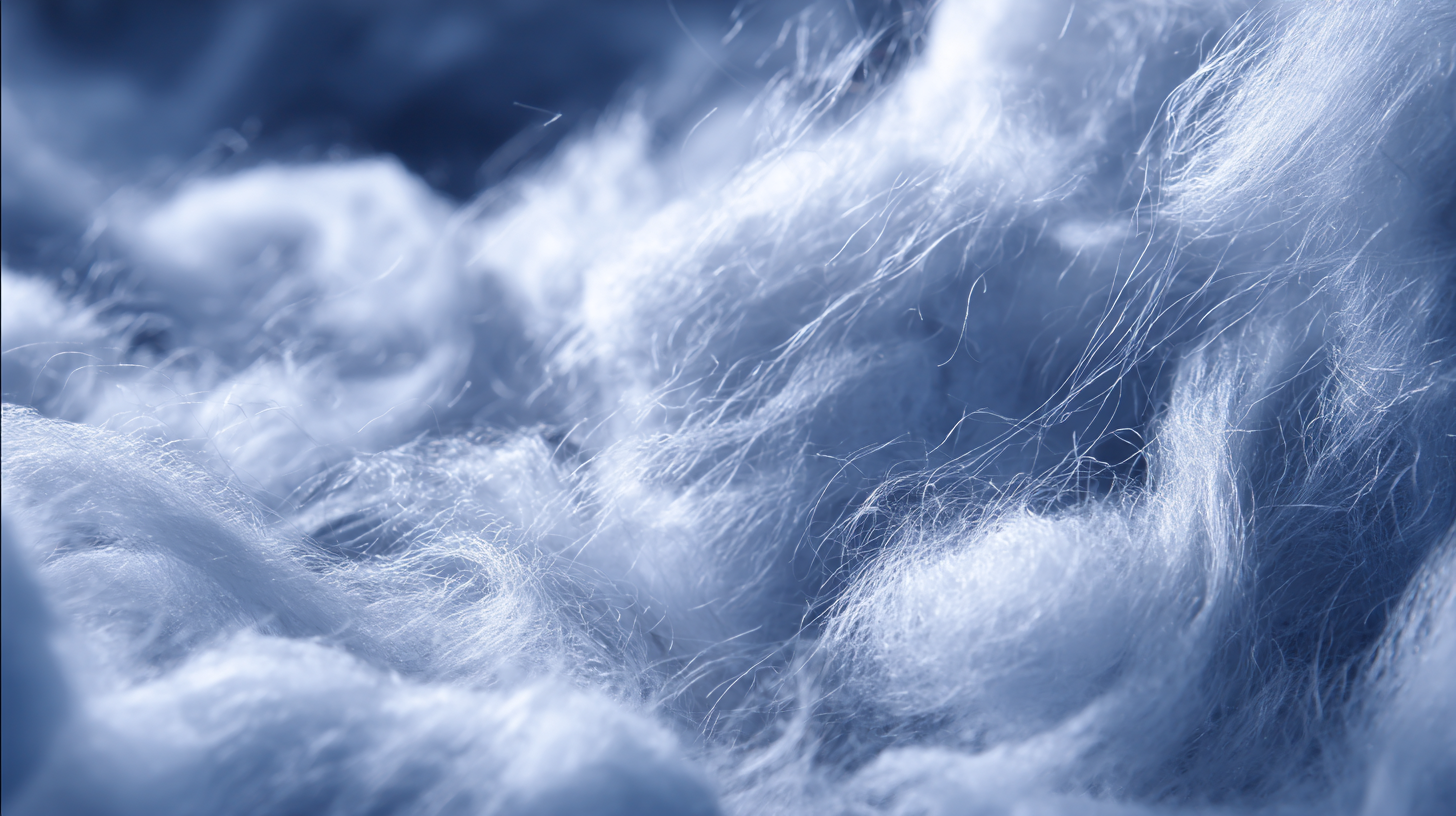
FAQS
: PBO (Polybenzoxazole) short fiber is a high-strength material that allows manufacturers to use less material while maintaining product integrity, resulting in reduced waste production and lower resource consumption.
PBO short fiber contributes to a lower carbon footprint, as it requires less energy to produce and can lead to up to 30% lower emissions compared to conventional materials.
Yes, PBO fibers are recyclable and can be repurposed for various applications, extending their usability and minimizing environmental impact.
PBO short fiber provides a balance between cost and functionality, enhancing product durability, reducing waste and downtime, and ultimately optimizing production processes.
Manufacturers can enhance performance while minimizing production costs, ensuring they receive the best value and can compete effectively in the market.
PBO fibers have a higher strength-to-weight ratio than traditional fibers, allowing for lighter and stronger products with less resource consumption.
As industries seek sustainable manufacturing solutions, the role of PBO short fibers is expected to expand across various sectors, setting new standards in environmental responsibility.
PBO short fibers are particularly suitable for high-performance products such as EMI shielding textiles and conductive wires.
The exceptional thermal stability and strength of PBO short fiber improve the durability of manufactured products, making them more resilient during use.
Eco-friendly initiatives help manufacturers reduce their environmental impact, comply with regulatory standards, and meet growing consumer demand for sustainable products.
Conclusion
In the realm of modern manufacturing, PBO Short Fiber stands out for its remarkable advantages, which significantly enhance advanced manufacturing techniques. Compared to traditional fiber options, PBO Short Fiber offers superior strength, lightweight properties, and exceptional heat resistance, making it an ideal choice for various applications. Additionally, its environmental impact is notably lower, aligning with sustainable manufacturing practices while providing cost-effectiveness in production processes.
As industries continue to innovate, the unique properties of PBO Short Fiber are being harnessed across diverse sectors, from aerospace to electronics, showcasing its versatility. At Shijiazhuang Shielday Technology Co., Ltd., we are dedicated to advancing high-performance textiles and conductive wires, integrating PBO Short Fiber into our product offerings to meet the evolving demands of the market. Looking ahead, the role of PBO Short Fiber in manufacturing is set to grow, paving the way for future innovations in textile technology.
Related Posts
-
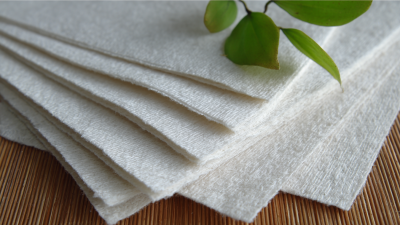
Essential Checklist for Sourcing Bamboo Fiber Nonwoven Fabric: Key Factors to Consider
-

Exceptional Tinned Tinsel Wire Manufacturing in China for Global Buyers
-

Unmatched Manufacturing Excellence: Discover the Best High Temp Resistant Sleeves from China's Leading Factory
-
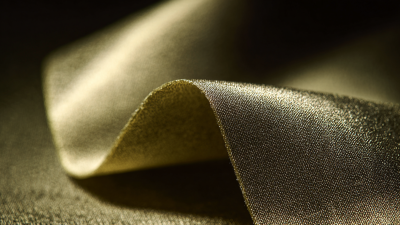
Ultimate Checklist for Sourcing the Best Silver Conductive Fabric Worldwide
-
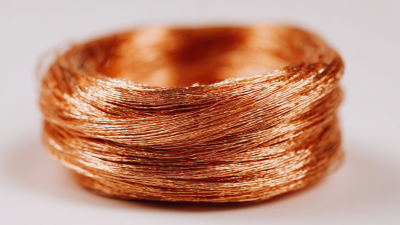
Understanding the Challenges with Sourcing Quality Copper Tinsel Wire
-

7 Secrets to Sourcing the Best Conductive Stainless Steel Metal Sliver for Your Business

